What Did the Real Zulfiqar Sword Look Like?
NO AI USED This Article has been written and edited by our team with no help of the AI
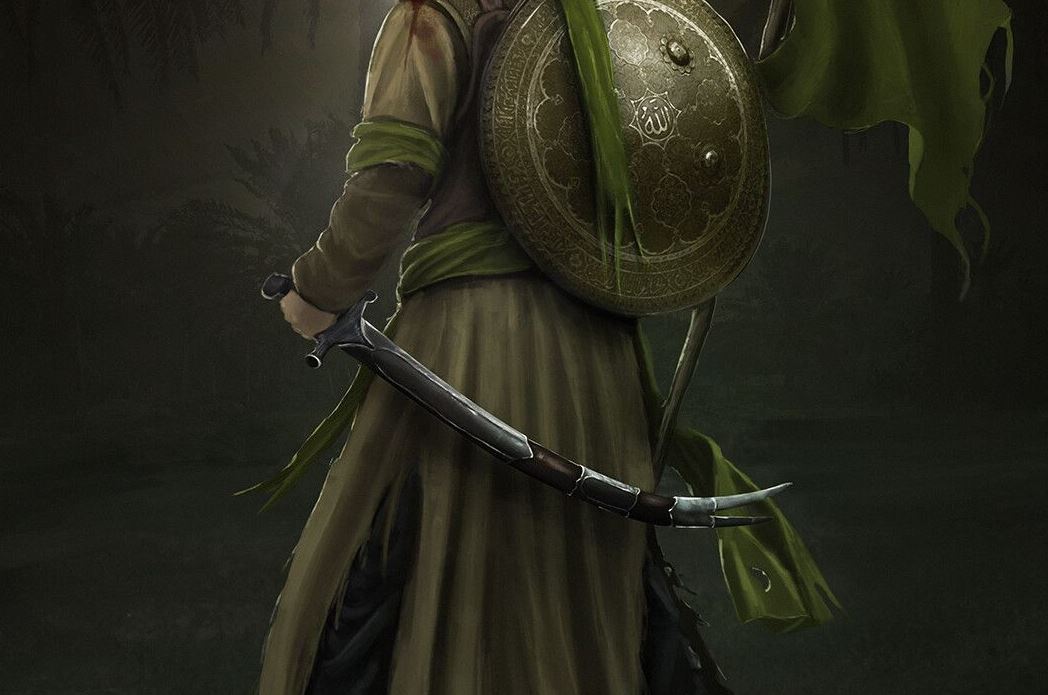
The Zulfiqar is a sword said to have belonged to the founder of Islam, the Prophet Muhammad. It is one of the biggest religious artifacts across all branches of Islam, including the largest: Sunni and Shia, and ranges from West Africa, India, to Indonesia.
This article will cover the Zulfiqar’s traits, starting with its historical accounts and real attributes. Then, we will discover its mysterious features.
The Real Historical Zulfiqar
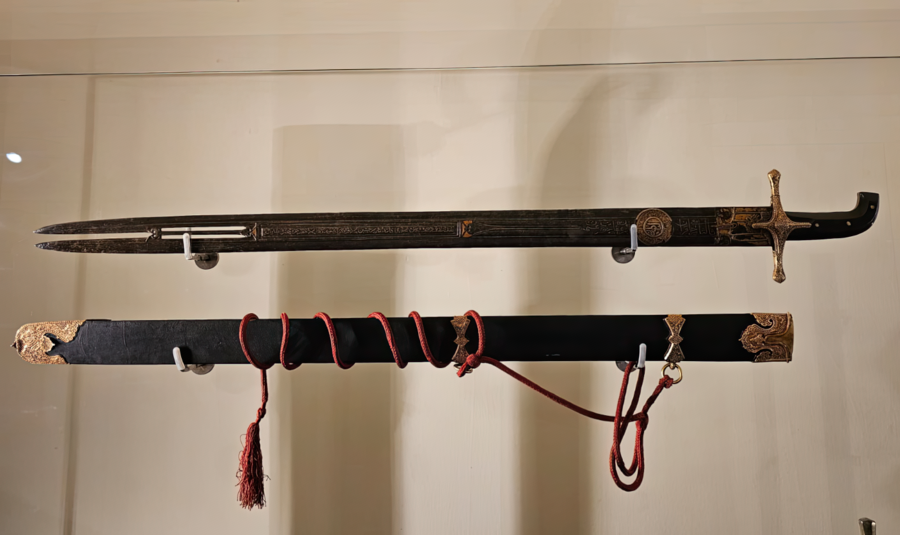
The real Zulfiqar sword carried historical traits similar to that of 7th-century Arabic blades known as saif.
It most likely measured around 39 inches (100 cm) and weighed around 2.4 lbs (1.1 kg). It had a straight blade, but its most remarkable feature was the double-pointed tip.
It featured a straight blade design because curved shapes hadn’t emerged yet. “The Arabs during the time of the Prophet used swords and not (curved) sabers,” says David Alexander, a historian and researcher of Islamic swords.
Some researchers debate the authenticity behind this pointy shape and see the blade as a regular double-edged sword; others accept it, and some believe that the blade was standard and then forked after the Battle of Uhud (625 CE).
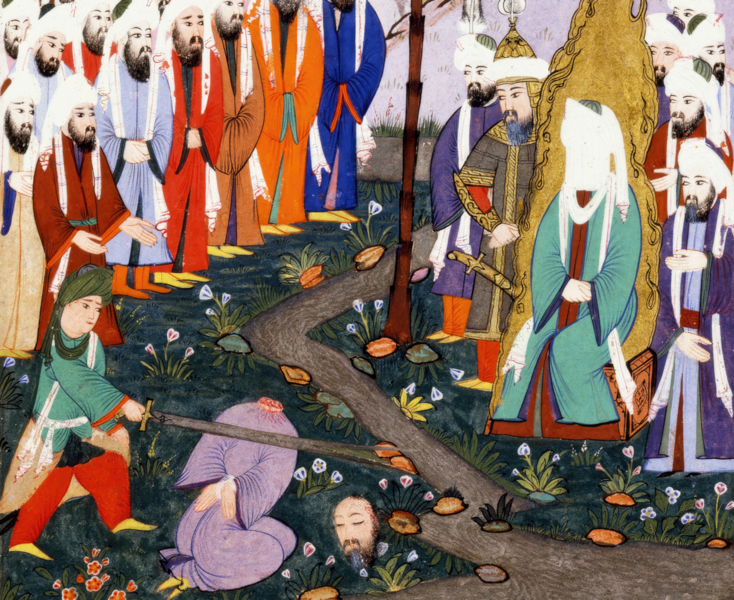
Many Islamic images and miniatures dating back hundreds of years depict the sword without fullers, grooves, or writing inscriptions.
Some believe that it may have carried a wide rectangular opening parallel with the edges and divided in the center.
The fittings were made of exquisite silver, as it belonged to a notable wielder. This included the pommel, the two rings attached to it, and the crossguard. The blade was polished and had many scratches visible, as noted in historical texts, with later added engravings.
Modern and Fantastical Zulfiqar Traits
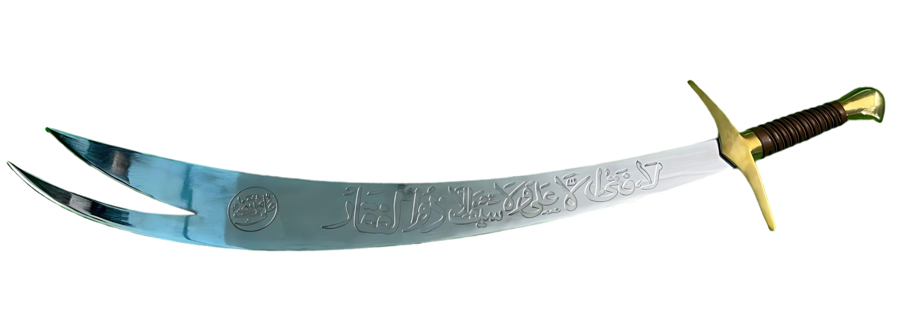
Today, the Zulfiqar is most known for its curved and single-edged design, which, as popularly shown in the media, resembles a Middle Eastern scimitar sword.
This double-pronged curved fashion remained rooted as early as the Middle Ages and is still the design for what the Zulfiqar is known as today.
Although the straight sword represented Mohamed’s blade?which, some Muslim rulers, like Saladin of the Third Crusade, carried in the same fashion?the curved sword became predominantly used by soldiers due to its combat effectiveness.
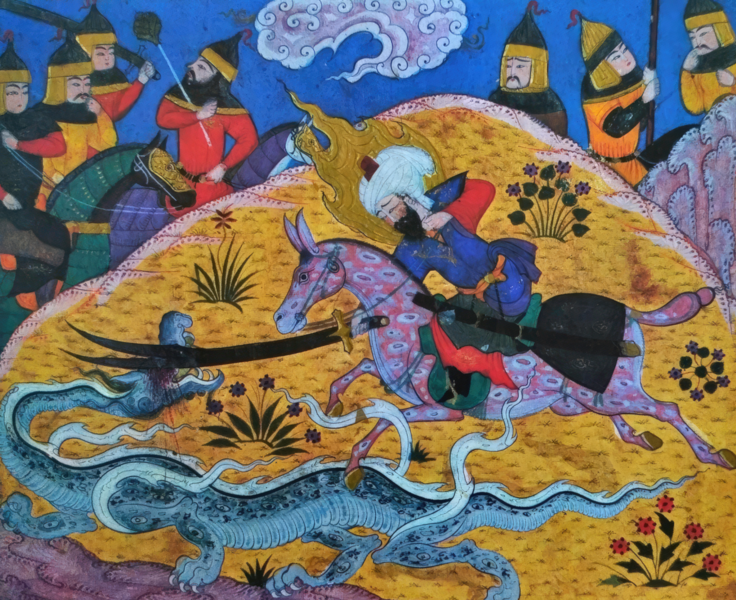
Artists replaced the straight blade with a contemporary curved one with a single edge. While doing so, the double-tipped design remained, in this case, with more space between them.
The blade often features the words, “There is no sword but the Zulfiqar, and there is no Hero but Ali.”
The hilt can vary depending on the origin of the sword, such as an Ottoman Kilij style, an Indian Talwar style, a North African style, and more.
Its fantastical size is said to be 9.8 feet (3 meters) long and weighs around 220 lbs (100 kg).

